Hydroaviation of the Japanese submarine fleet in World War II. Part VI
In early December 1941 as part of the Imperial fleet Japan had 11 aircraft-carrying submarines - I-7 and I-8 (project "Junsen 3"), I-9 and I-10 (project "Ko-Gata A1"), as well as I-15, I-17, I -19, I-21, I-23, I-25 and I-26 (of the Otsu-Gata B1 project).
The Kugisho E14Y1 reconnaissance seaplanes at that time were based only on the I-7, I-8 and I-15 boats, and were also in service with the training unit Saeki and Kokuta Maizuru in Japan.
In flight, a pair of Kugisho reconnaissance coastline E14Y1 seaplanes
The day before, on December 7, 1941, a landmark strike was launched aviation of the Japanese fleet at the American base in Pearl Harbor Bay and other facilities on the island of Oahu, the reconnaissance of the targets was carried out by the Kugisho E14Y1 reconnaissance seaplane, launched from the submarine I-7. His flight went unnoticed by the Americans and the plane safely returned to its carrier.
Reconnaissance seaplane "Kugisho" E14Y1, belonging to the submarine I-7, splashed down after the assignment, 1941 year
The first E14Y1 sortie from the I-7 submarine made 17 December early in the morning to reconnoitre the results of the attack on American ships in Pearl Harbor Bay. As before, the enemy did not notice the small plane. The task was successfully completed. The crew of the "Glen" (only in December 1941, the Allies learned about the existence of the "Kugisho" E14Y1 and assigned him such a code name) safely returned to his boat. Historians still disagree on whether the plane itself got on the boat or was lost during an urgent dive (or after an emergency landing on the water).
The next reconnaissance flight E14Y1 over the island of Oahu made the first day of the new 1942 year. After successfully completing the mission, he returned safely to his carrier, the I-9 submarine. As before, his flight went unnoticed by the American side.
Successful actions of aircraft-carrying submarines with Kugisho E14Y1 aircraft in conducting reconnaissance in the Oahu region confirmed the possibility of conducting reconnaissance of remote and well-guarded enemy deployment sites. Monitoring the Pearl Harbor, by decision of the Japanese command, began to conduct on a regular basis.
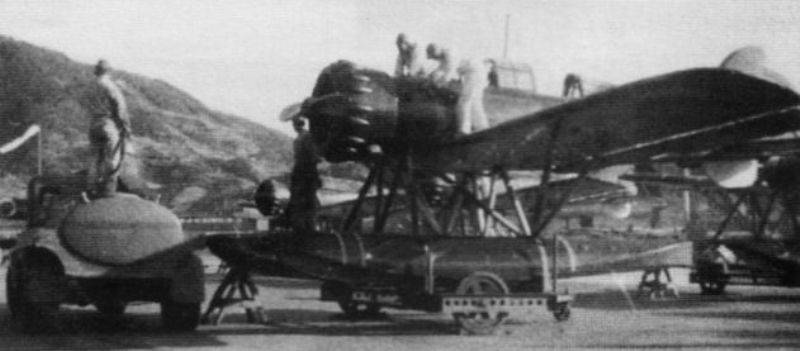
Refueling of the Kugisho E14Y1 seaplane at the coastal airfield
23 February 1942 of the E14Y1 from the I-9 submarine again makes a successful aerial reconnaissance flight of the main US Navy base in the Pacific. However, the following reconnaissance flights took place only in the fall of 1943. By this time, the Americans had increased their anti-submarine defenses, and the effectiveness of radar stations, aircraft airborne and shipborne radars to detect both airborne and surface targets increased. The time of the unpunished actions of the Japanese aircraft-carrying submarines is over.
In mid-September 1943, a Japanese submarine I-36 approached the Hawaiian islands for exploration beyond Pearl Harbor. The boat made several attempts to approach the US base at a safe distance, allowing for the successful launch of the Glen E14Y1 “Glen” hydroplane from an acceptable distance. However, they all failed. The minimum safe distance that I-36 could reach Pearl Harbor was about 300 miles (555.6 km), which is more than a third longer than the normal range of E14Y1.
Under these conditions, 19 October 1943, the commander decided to launch the "Glen" for reconnaissance of the American naval base. For the E14Y1 crew it was a “one way ticket”. Nevertheless, the crew of the Glen completed the task - carried out aerial reconnaissance of the Pearl Harbor Bay and passed on the radio the data on the composition of the enemy's ship group in the database. The plane naturally did not reach the carrier boat. The fate of the crew E14Y1 remained unknown.
Taking off with the help of a pneumatic catapult E14Y1 "Glen" makes a U-turn over the I-19 submarine of the project "Otsu-Gata В1"
In November, the submarine I-1943 was recruited by the 19 for exploration in the Hawaiian Islands. The first reconnaissance mission, completed on November E14Y1 19, was successful. The plane returned safely to the submarine. On November 25, during the return of the Glen after the aerial reconnaissance of Pearl Harbor, its carrier, the I-19 submarine, was discovered and sank by the American destroyer Redford.
After these events, the Japanese command refused to carry out aerial reconnaissance of the American naval base at Pearl Harbor by means of onboard seaplanes from aircraft-carrying submarines.
In addition to Pearl Harbor, the Kugisho E1942Y14 seaplanes conducted active reconnaissance in various regions of the Pacific and Indian Oceans during 1.
In February-March, the I-1942 submarine under the command of Captain Meiji Tagami successfully operated in Australian waters 25. Based on it, E14Y1 carried out a whole series of successful reconnaissance flights over Sydney (February 17), Melbourne (February 26), Hobart on Tasmania (March 1), Wellington in New Zealand (March 8) and Auckland (New Zealand, 12 March) and New Zealand, 18 in March, New Zealand, XNUMX in March, New Zealand, XNUMX in March, and Auckland (New Zealand, XNUMX in March), Auckland (New Zealand, XNUMX March) On returning to the metropolis, aerial reconnaissance was conducted over the island of Suva (Fiji Archipelago, March XNUMX) and Pago Pago (Tutuila Island).
The 29 of May 1942 of the year was repeated aerial reconnaissance of the Sydney harbor with an E14Y1 seaplane from I-21.
In the spring and summer of 1942, the aircraft carrier submarines I-10 and I-30 successfully operated in the 4 squadron of submarines in the western part of the Indian Ocean. At the beginning of May, E14Y1, based on I-10, conducted aerial reconnaissance of Durban and Port Elizabeth. The Glen from I-30 flew around Aden (May 7), Djibouti (May 8), Zanzibar and Dar es Salaam (May 19).
In late May, the boats operated off the coast of Madagascar. During the reconnaissance flight E14Y1 with I-10 over the harbor of Diego-Suárez 29 in May 1942, the necessary information was obtained for striking two small Japanese submarines at the British ships that took place the next day. As a result of the attack, the battleship Ramilles (later it was towed to Durban for repair) received serious damage and the tanker was sunk. One of the participating Japanese small (dwarf) submarines was lost.
The reconnaissance seaplane "Kugisho" E14Y1 is being prepared for launch on the catapult of the submarine I-29, 1942 year
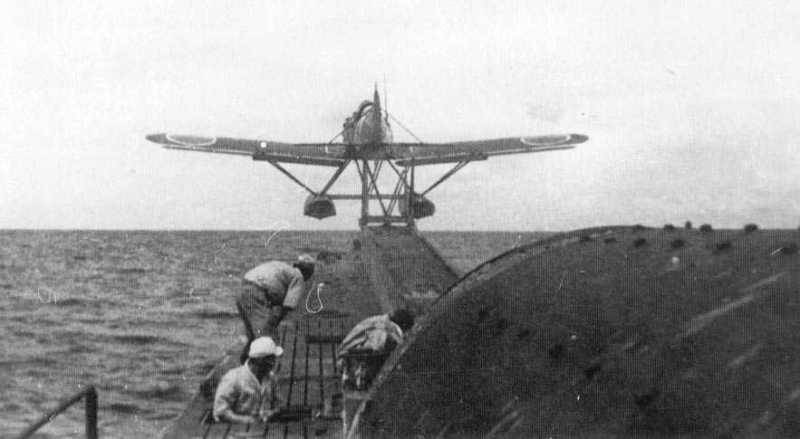
The seaplane "Kugisho" E14Y1 starts with the submarine I-29, 1942 year
In April - May, 1942 seaplanes of six aircraft carrier submarines (I-9, I-15, I-17, I-19, I-25 and I-26) were used in reconnaissance of the Aleutian Islands coastal strip. The fulfillment of the task was hampered by the bad weather and the high activity of the enemy ships and patrol aircraft. In preparation for launching the E14Y1 on the I-19, the Japanese submarine was spotted by an American patrol plane. In order to avoid an attack, the captain of the I-19 ordered an urgent immersion, the seaplane standing on the deck of the boat was left on the water surface.
Nevertheless, the Japanese submarine I-19 gained wide popularity not as the carrier of a reconnaissance seaplane, but in its original quality as an underwater torpedo bomber. 15 September 1942, the boat produced the most effective torpedo salvo of the Second World War. As a result, hit three torpedoes had been sunk the aircraft carrier CV-7 «Wasp" (received heavy damage, blazing aircraft carrier was finished off by a torpedo from USS), the fourth torpedo was damaged battleship "South Carolina", and the fifth was sunk by a torpedo destroyer "O'Brien" . The sixth torpedo hit the Hornet aircraft carrier, but the consequences for it were not so tragic.
In the summer of 1942, the submarine I-17 was sent to conduct reconnaissance of the British naval bases in Colombo and Trincomalee (Ceylon Island). However, an effective anti-submarine defense, created by the British, did not allow the I-17 boat to complete the task. In August, the submarine was discovered and sunk when approaching the E1943Y14 launch area for reconnaissance of the Noumea base (New Caledonia Island).
References:
1. Beshanov V.V. Encyclopedia of aircraft carriers / Under the general editorship of AE Taras - Moscow: AST, Minsk: Harvest, 2002 - (Library of military stories).
2. Platonov A.V. Linear forces of the submarine fleet - SPb .: Galeya Print LLC, 1998.
3. Dashyan A.V. Ships of the Second World War. Japanese Navy (part of 2). Maritime collection №7, 2004.
4. Ivanov S.V. Submarines of Japan 1941-1945. War at sea (No. 31) - Beloretsk: ARS LLC, 2006.
5. Okolelov N.N., Shumilin S.E., Chechin A.A. Submarine aircraft carriers of the Japanese fleet (history, design, aircraft armament). Maritime collection №7, 2007.
6. Kascheev L.B. Japanese submarines in World War II. Maritime collection №2, 2011.
7. Firsov A. Aviation of Japan in the second world war. Part One: Aichi, Yokosuka, Kawasaki. Aviation collection №4. TsAGI, 1996.
8. Solomonov B., Kulagin K. Submarine aviation of the Yamato country. Aviamaster №3, 2003.
9. Doroshkevich O. Airplanes of Japan of the Second World War - Minsk: Harvest, 2004.
10. Chechin A., Okolelov N. Start from under water. Model designer №7,8 -2009.
11. Chechin A., Okolelov N. Sinister "Mountain Fog". Seaplane Aichi M6A "Seiran" and its predecessors. Magazine "Aviation and Time" No. 04 - 06, 2013.
12. Haruk A.I. Attack aircraft of the Second World War - attack aircraft, bombers, torpedo bombers - M .: Yauza; Eksmo, xnumx.
13. Haruk A.I. All seaplanes of the second world. Illustrated color encyclopedia - M .: Yauza; Eksmo, xnumx.
14. Kotelnikov V. Aviation in the Second World War. Aircraft of France. Part-1 (Aviation collection No. 10) - 1996.
15. Kozyrev M., Kozyrev V. Aviation of Axis Countries in World War II - M .: ZAO Tsentpoligraf, 2010.
16. Bryukhanov A. Deck aircraft in World War II: An Illustrated Collection. Parts I - IV. - Publishing solutions (licensed by Ridero), 2017.
17. Bryukhanov A. Japanese submarine aviation in World War II: Publishing solutions (licensed by Ridero), 2017.
18. Gusev A.N. Submarines for special purposes. Built ships and unrealized projects - M .: MORKNIGA, 2013.
19. RJ Francillon. Japanese Aircraft of the Pacific. Putman & Company. London-1970.
20. Robert C. Mikesh. Aichi M6A1 Seiran, Japan's Submarine-Launched Panama Canal Bomber (Monogram Close-Up 13) - Monogram Aviation Publications. Commonwealth Press Worcester, Massachustts, 1975.
21.Japanese Military Aircraft Illustrated. Vol. 3, Reconnaissance Flying Boat Trainer/Transport - Bunrin-Do Co. Ltd., Tokyo 1983.
22. Robert C. Mikesh & Shorzoe Abe. Japanese Aircraft 1910-1941. Putnam Aeronautical Books, London, 1990.
23. Famous airplanes of the world №47. Imperial Japanese Navy Reconnaissance Seaplane - BUNRINDO Co.Ltd, Tokyo 1994.
24. Tadeusz Januszewski. Japanese Submarine Aircraft - Red Series (No. 5103). Mushroom Model Publications, 2002.
25. Ryusuke Ishiguro, Tadeusz Januszewski. Kugisho E14Y GLEN: The Aircraft that Bombed America (White Series) - MMPBooks, 2012.
26. ER Johnson. United States Naval Aviation, 1919-1941 - Aircraft, Airships and Ships Between the Wars. Mcfarland, 2011.
Internet resources:
http://www.oldmodelkits.com;
http://www.warbirdphotographs.com;
http://aviadejavu.ru.
To be continued ...
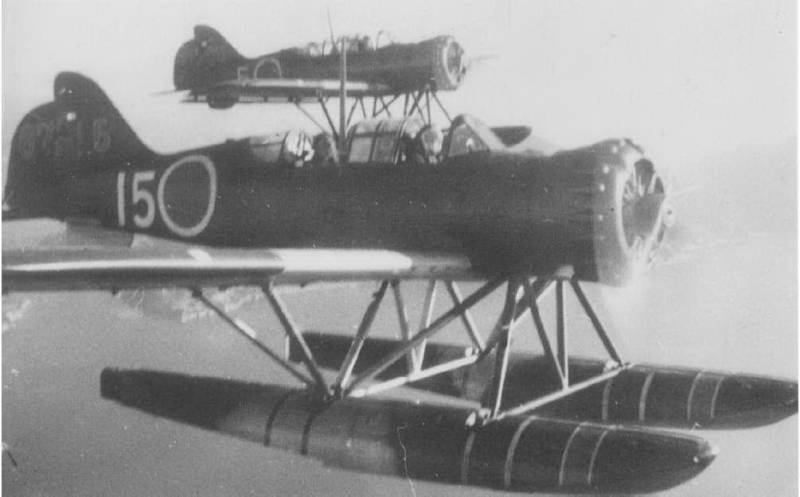
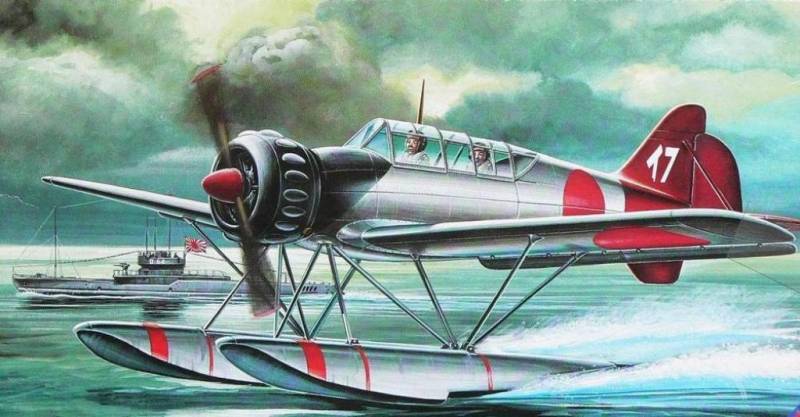
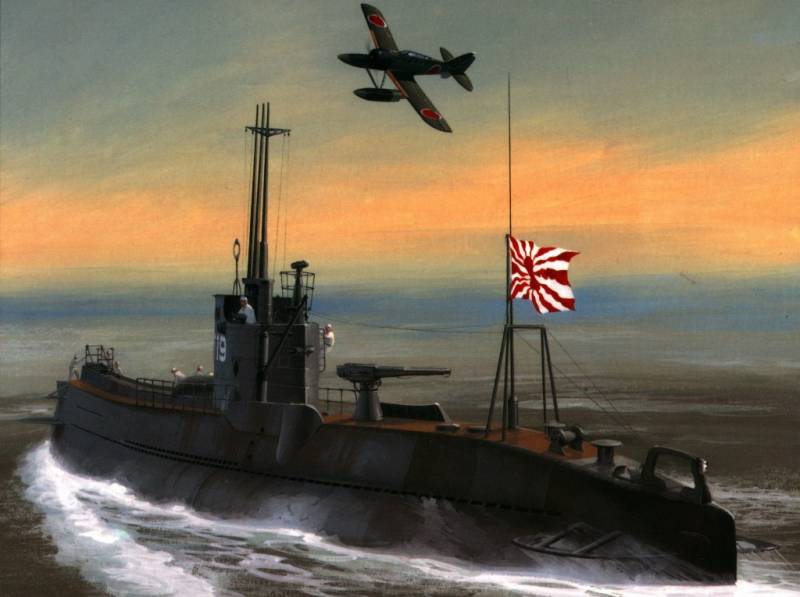
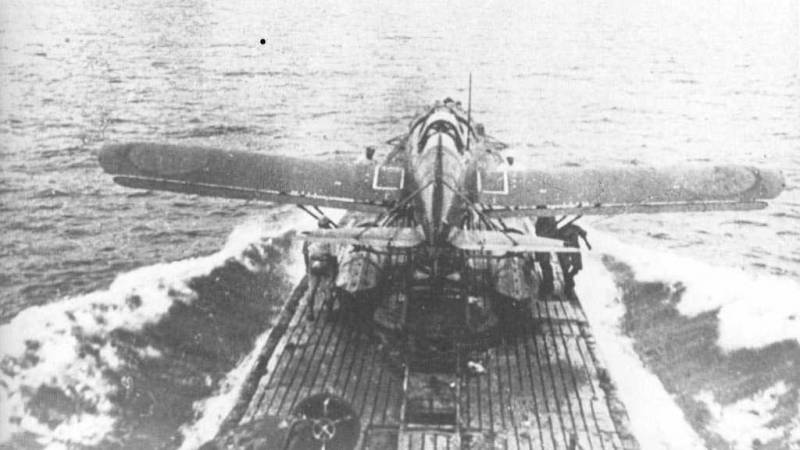
Information